WAS JESUS AN ENTREPRENEUR? Part 2
JESUS’ PROJECT – the starting gun

It was during the Last Supper that Jesus finally brought his project to life. Taking bread, he broke it and, handed it round and said, “This is my body which is for you. Do this in remembrance of me.” After supper, he took the cup of wine and said, “This is my blood of the covenant, which is poured out for many.” (Mark 14.24), Or “This cup is the new covenant in my blood.” (1 Corinthians 11.25)
It was a stroke of genius. In not much more that a dozen words, Jesus created a marker which would set his followers apart as well as creating an international fellowship beyond the limitations of language.. From Buenos Aires to Ulan Bator, followers of Jesus could affirm their membership of the community of Jesus’ friends, simply with something to eat and something to drink.
But first the project had to made real in history.
JESUS IN CHARGE
Jesus is sometimes portrayed as the innocent victim of the hatred of the establishment. On the contrary, I see Jesus as being in charge every step of the way, skilfully steering the Temple establishment to bring about God’s plan.
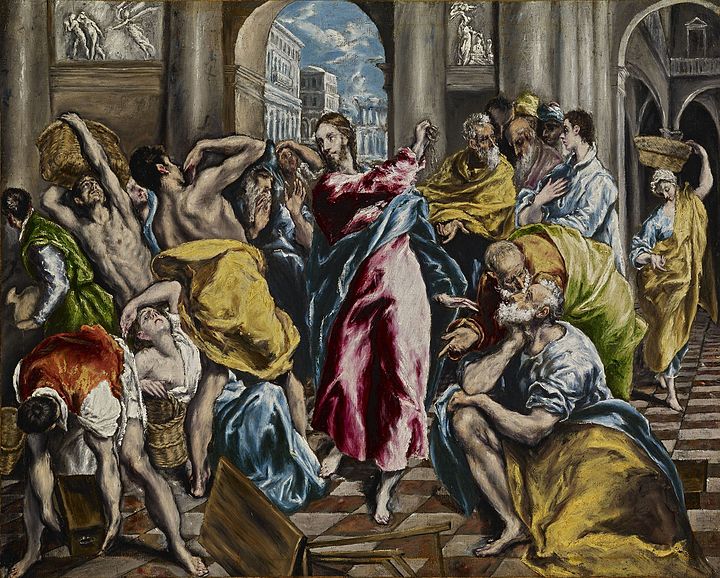
1 Jesus first visit to the Temple was an open declaration that he was there. Riding in on a young horse (the actual word in Mark and Luke) enabled him to be seen by everyone.
2 The next day Jesus took everyone by surprise by turning over the tables of the moneychangers. Before the temple police could gather their wits, Jesus was in control of the Outer Court. And with no overt violence, no bloodshed, nothing to trigger an intervention by the Roman troops in the Antonia Fortress overlooking the Temple.
3 The next three or four days were spent in debates and discussions between this radical northern rabbi (prophet?) and the Temple authorities – priests, scribes, elders etc. According to John, the high priests had decided to do nothing until after Passover, when the visiting pilgrims would have gone home,
4 Two things happened. First, Judas Iscariot, one of the Twelve, turned traitor, went to the chief priests and offered to tell them when Jesus was on his own and could safely be arrested.
Then Jesus suddenly announced that they would eat the Passover in Jerusalem itself. Jesus was careful to keep the address a secret, so it was only when the disciples reclined at table that Judas could slip out and tell the high priest where Jesus was. It was too good an opportunity for Caiaphas to miss.
5 After the meal, Jesus went to their regular meeting place, Gethsemane. There he stayed, waiting for the one absent disciple, Judas, waiting to be arrested.
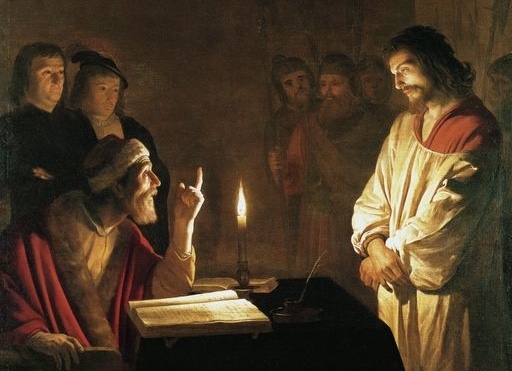
6 The key moment of the next fifteen hours came just after daybreak. The high priest Caiaphas had had to organise a rush trial which was falling apart . So he took the risk of asking Jesus the question: “Are you the Messiah, the son of the Blessed One?”
For the first and only time Jesus gave an unqualified answer, “I am.” (Mark 14.61-2) The Council voted for the death penalty, which the occupying power, the Romans, carried out.
Why did he do it? Throughout his ministry he had been telling people not to talk about him as the Messiah. And yet when it was a matter of life or death, he jumps in with both feet. It almost seems that this was the outcome that he had been working towards all along. Which naturally leads to a further question, Why?
A NEW COVENANT
The clue lies in the words of Jesus at the Last Supper: “This cup is the new covenant in my blood.” (1 Corinthians 11.25) Or “This is my blood of the covenant, which is poured out for many.” (Mark 14.24).
‘Blood’ is clearly is reference to sacrifice, especially in the shadow of the Temple at Passover. But what kind of sacrifice? Philo of Alexandria, a contemporary of Jesus said there were three kinds of sacrifice:
- Communion sacrifices – a communal feast with God as host;
- Whole burnt-offerings – expressions of praise and thanksgiving;
- Sin-offerings – cleaning for any defilement caused by unintentional breaking of religious regulations.
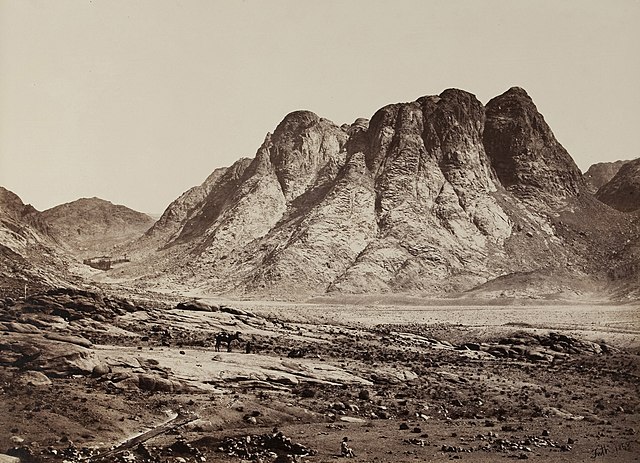
Jesus’ words do not fit into any of these categories. So what was a covenant sacrifice? For that we have to go back to the start of the history of Israel: Standing at the foot of Mount Sinai, ’Moses took half of the blood and put it in basins, and half of the blood he dashed against the altar. Then he took the book of the covenant, and read it in the hearing of the people; and they said, ‘All that the Lord has spoken we will do, and we will be obedient.’ Moses took the blood and dashed it on the people, and said, ‘See the blood of the covenant that the Lord has made with you in accordance with all these words.’ (Exodus 24.6-8)
I believe that Jesus saw his death as a covenant sacrifice, a covenant which would create a new people of God. And it was a sacrifice “for many” (Mark 14.24). In other words, for anyone – no restrictions – in principle the whole world.
Jesus’ project as an entrepreneur was to create a new community of God with no borders, but centred on a new lifestyle – that of being children of God. To do that he had to crack open the existing religious system of Israel. In his last week alive he orchestrated a final rejection of God’s will by the official representatives of the Jewish people. His project was the creation of a Jesus-centred, Spirit-inspired community, popularly known as the Church.
‘JESUS OF MONTREAL’
There is a problem with this view however, neatly portrayed in the Canadian film ‘Jesus of Montreal’ (1989). The film tells the story of an unknown actor who is hired by a Roman Catholic priest to create a modern passion play. After initial success, the church turns against the play. The actor dies in a traffic accident, and his organs are used to transform the lives of distant patients of different nationalities.
A key moment is when a lawyer, Richard Cardinal, tries to persuade the actor to seek popularity. Looking out from his skyscraper office, he says, “I own this city – it can be yours.” The lawyer clearly represents the Devil. After the actor’s life-giving death, his friends and fellow actors are unsure what to do. It is the lawyer, Richard Cardinal, who persuades them to start an ongoing theatre company in tribute to their leader. Is it a tribute or a betrayal? While they discuss it, the woman playing Mary Magdalen quietly withdraws.
The film poses the question, who created the Church – God or the Devil?
‘CHURCH’?
We start with a very obvious hurdle: the word ‘Church’ sounds institutional, It comes from a Greek word which is not in the New Testament, ‘kyriakos’, which means the Lord’s house, a building. The Welsh words ‘Iglwys’ is better as it comes from the Greek and Latin word ‘ecclesia’., meaning a people who have been called, or called out from the surrounding society.
JESUS’ INTENTION
Jesus’ vision for the new covenant people is clear if you read the gospels: it should be non-hierarchical, poor and Spirit-led.
Non-hierarchical
Jesus was firmly against any kind of hierarchy. “You are not to be called rabbi, for you have one teacher, and you are all students.And call no one your father on earth, for you have one Father—the one in heaven.” (Matthew 23.8-11)
It was a couple of centuries before a fully fledged hierarchy of bishops priests and deacons developed, with rules for joining the community and living appropriately.
The problem with making any kind of regulations, such as who can receive holy communion or who is eligible to be baptised, you have to have a policeman to enforce it and a judge to rule on doubtful cases. Hierarchies become inevitable. It seems that Jesus would not approve.
Poor
Jesus said, “Happy are the poor, for yours is the kingdom of God.” As opposed to “Woe to you rich, because you have got your consolation.” (Luke 6.20, 24)
The Greek word ‘ptōchoi’ means beggars. The Hebrew word ‘anawim’ has a wider range of meaning. Literally it means ‘bowed down’, the lost and forgotten ones. It also meant those who clung steadfastly to their faith despite persecution, so it could mean the faithful remnant. When Paul tells of his discussions with Peter and James, they ask “only one thing, that we remember the poor”. For the first few centuries Christians would ‘live simply that others might simply live’. This was helped by the fact that until 260 CE churches were unable legally to own property – part of the Roman state’s policy of persecution.
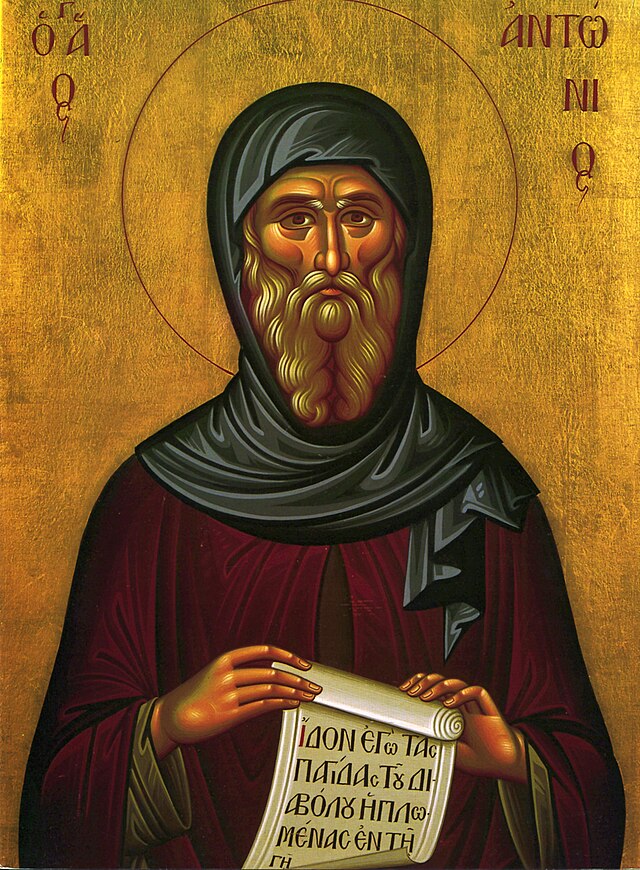
At exactly at this moment, 260 CE, a young Egyptian Christian, Anthony, hurried to church on Sunday because he was late. As he entered, the gospel of the day was being read, Jesus talking to a potential follower: ‘If you wish to be perfect, go, sell your possessions, and give the money to the poor, and you will have treasure in heaven; then come, follow me.’ (Matthew 19.21) Anthony felt that it was the Lord talking directly to him. He did just that, sold his estate and gave the money away, leaving only enough to support his sister, and left for a life of solitary prayer in the desert.
His example triggered an explosion of people abandoning their normal life, living only on what they could produce with their own hands and spending most of their time in prayer. Monasteries were created and flourished throughout Europe. In the 12th century to be converted was understood as becoming a monk or nun, living a life of poverty, chastity and obedience. It was not much of an exaggeration to talk about of the conversion of Europe.
One of my favourite saints is Marie d’Oignes. Born 1177, she was a devout girl, but her parents insisted when she was 14, that she should marry a wealthy neighbour Jean de Nivelle. She did so, then persuaded her husband to join her in a life of celibacy, to give away his wealth, and to join her in caring for lepers in a nearby hospital. What a girl!
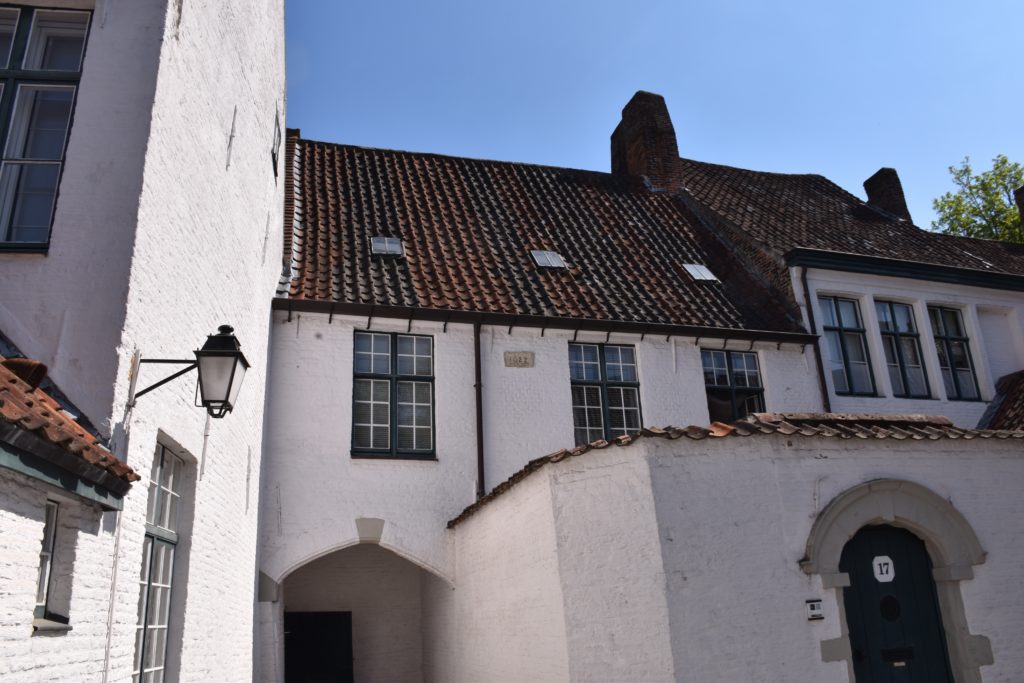
Beguine house , Courtai 1622
The early Methodists valued people working hard, but only so they could give more away to the needy.
Of course, the Church eventually became rich, sometimes very rich. This was certainly not Jesus’ intention. The Danish philosopher/theologian Kirkegaard (1813-1855) said, “The ‘monastery’ is an essential dialectical element in Christianity. We therefore need it out there like a navigation buoy at sea in order to see where we are, even though I myself would not enter it.”
Spirit-led
In 1976 the Church of England’s General Synod held a bad-tempered debate on about the Charismatic movement. One speaker remarked, with some pride, that the Church of England “Has always been the most rational splinter of Christendom.”
That’s a far cry from Jesus’ assertion: “Truly I tell you, people will be forgiven for their sins and whatever blasphemies they utter;but whoever blasphemes against the Holy Spirit can never have forgiveness, but is guilty of an eternal sin” (Mark 3.28-30). Why?
The word Spirit in Greek is ‘pneuma’ which means wind or breath, very similar to the Hebrew word ‘ruach’ which also means wind or breath or life-force. Jesus was so severe about it because it was the very foundation of his ministry. Sadducees could rely on carrying out the Temple rituals properly. Pharisees could rely on interpreting the Scriptures for guidance. But Jesus came from Galilee, which was well known for holding light to the Law. As a rabbi Yohanan ben Zakkai exclaimed, “Oh Galilee, Galilee, you hate the Torah!”
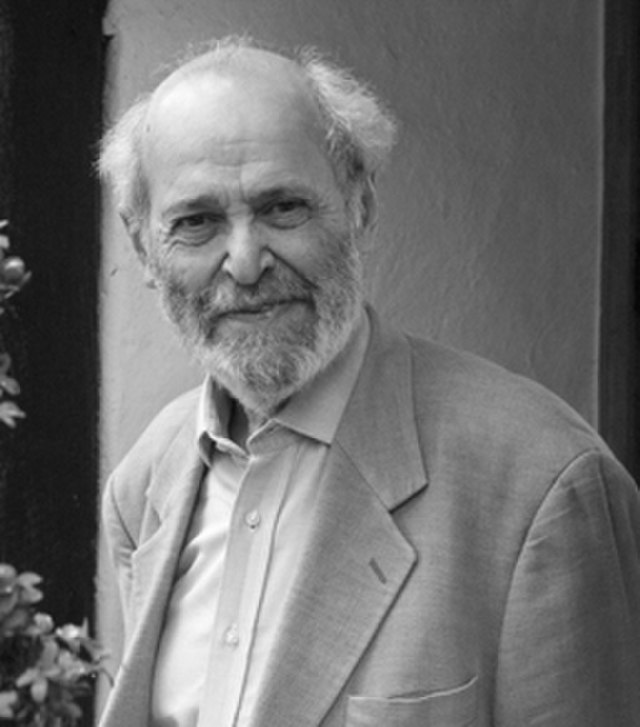
In 1973 the Jewish biblical scholar Geza Vermes wrote ‘Jesus the Jew’. In it he showed how Jesus fitted in precisely with the charismatic character of Galilean Hasidim or holy men like Hanina ben Dosa and Honi the circle-maker. ‘The charismatics’ informal familiarity with God and confidence in the efficacy of their words was deeply disliked by those whose authority derived from established channels.’ (p. 81)
Jesus expected the the new covenant community would operate directly under the direction of the Holy Spirit – and it did. Perhaps the most illuminating comment is a throwaway remark by Paul to the Christian community in Galatia: “Are you so foolish? Having started with the Spirit, are you now ending with the flesh? Did you experience so much for nothing?—if it really was for nothing. Well then, does God supply you with the Spirit and work miracles among you by your doing the works of the law, or by your believing what you heard?” (Galatians 3.3-5)
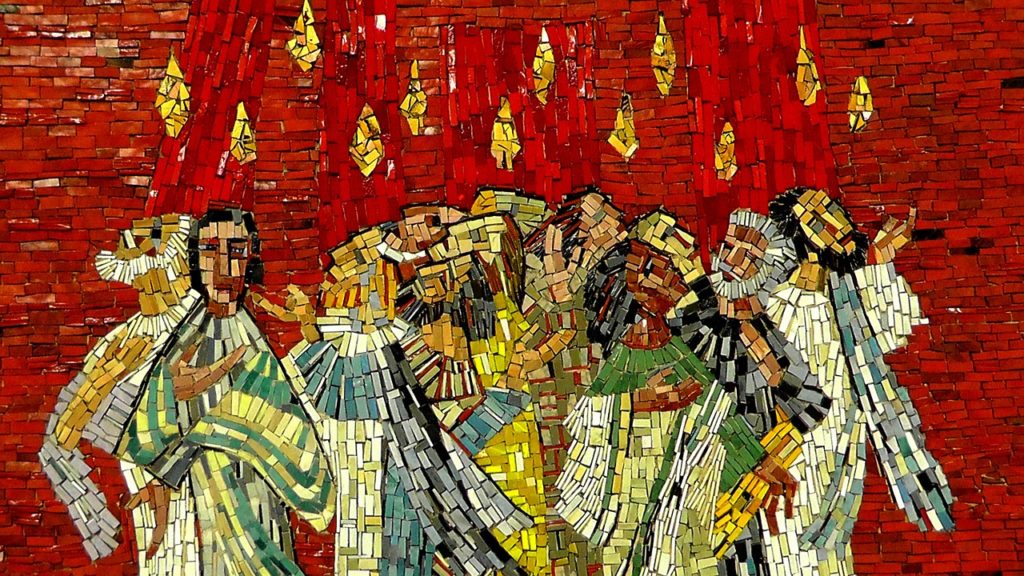
Pentecostal gifts like prophecy and praying in tongues were seen as normal and worship was highly democratic: “When you come together, each one has a hymn, a lesson, a revelation, a tongue, or an interpretation. Let all things be done for building up.” (1 Corinthians 14.26)
But the most striking instance of reliance on the Holy Spirit comes in Acts 15. A gathering of community leaders was held in Jerusalem to decide what to do about the increasing number of Gentiles who were committing themselves to Jesus.

They had not been through the Jewish process of conversion including circumcision. At the beginning of the Torah God tells Abraham, ‘Any uncircumcised male who is not circumcised in the flesh of his foreskin shall be cut off from his people; he has broken my covenant.’(Genesis 17.14).
Yet this group of Jesus-following Jews ignored it! After some discussion the apostles and elders sent this letter: ’It has seemed good to the Holy Spirit and to us to impose on you no further burden than these essentials: that you abstain from what has been sacrificed to idols and from blood and from what is strangledand from fornication’. (Acts 15.28,29)
(Note: this instruction about eating meat was so that the mixed societies of Jews and Gentiles could eat together).
Did Jesus foresee this? Probably not. Did he approve? I think so.
JESUS’ PROJECT
I argue that Jesus did have a project, a God-centred, Spirit-led society of people centred on Jesus, a society without borders and without rules and regulations. Did he envisage that the society would include Gentiles as well as Jews? His words at the Last Supper about ‘the many’, “This is my blood of the covenant, which is poured out for many.” (Mark 14.24) would indicate this.
But of course this society, however faithful its beginnings, is subject to the gravitational pull of ordinary human nature. Martin Luther knew that his reformation of the church in the sixteenth century was not the end of the matter. The Church is ‘semper reformanda’, always in need of reformation. And that reformation continues to take place, often at unlikely times and in unlikely places, just as John Wesley on 24th May 1738 found his heart “strangely warmed”, with the consequential creation of theMethodist Church
So is Jesus still being an entrepreneur?

Pentecostal church, Kentucky 1946.
0 Comments